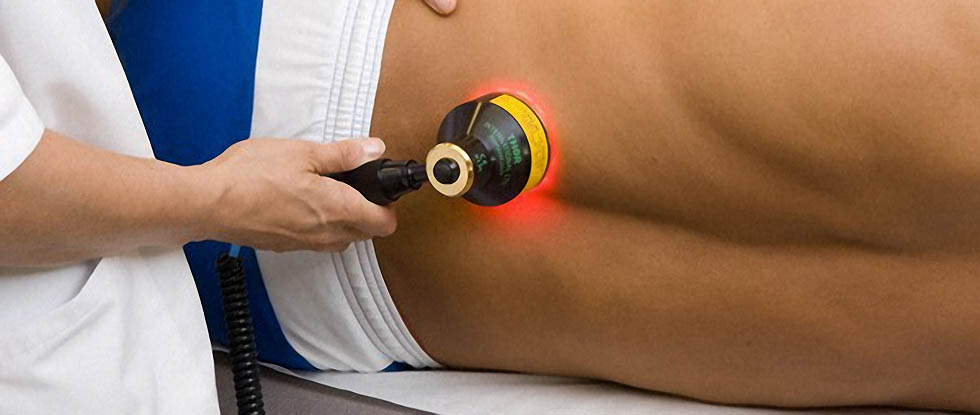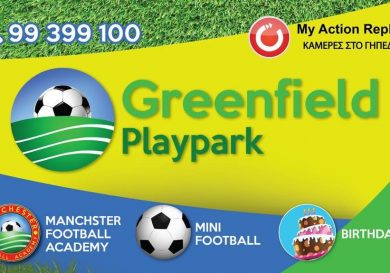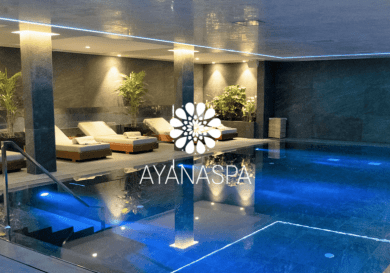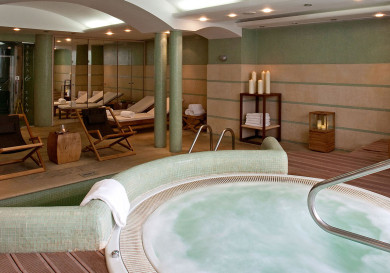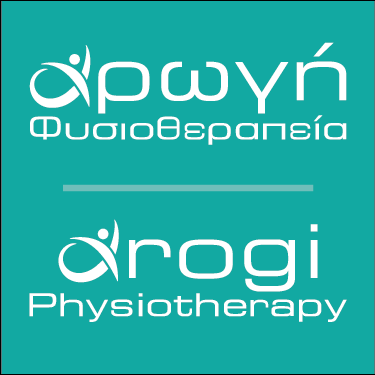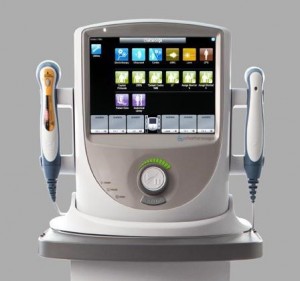 Doctor’s referring patients for physiotherapy commonly specify the use of laser as a treatment modality. For this reason, this article will address what laser is and how it works as part of the treatment process.
Doctor’s referring patients for physiotherapy commonly specify the use of laser as a treatment modality. For this reason, this article will address what laser is and how it works as part of the treatment process.
In rehabilitation, the type of laser used is Low Level Laser Therapy (LLLT). Typically laser is thought of as a tool for burning or cutting, which is true in the surgical or manufacturing professions, yet in the therapeutic world this does not hold true. LLLT is often referred to as “cold laser” as it does not provide a heating effect in order to treat.
It’s benefits arise from light energy emitted by the diode, reacting within the body’s cells, producing a photochemical response that results in a positive physiological effect. Some of the scientifically proven physiological effects produced include:
- Accelerated tissue healing.
- Increase microcirculation.
- Pain reduction (Analgesia).
- Decrease inflammation.
LLLT has been shown through research to have a positive physiological effect in the following:
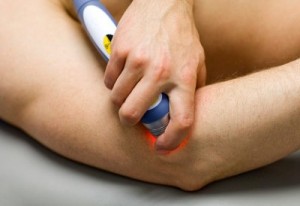 Wound healing;
Wound healing;- Tendon, ligament and muscular injuries;
- Inflammatory conditions;
- Trigger points;
- Acute conditions;
- Chronic conditions;
- Neuralgia (nerve pain);
- Diabetic neuropathy.
Laser therapy is a safe therapeutic tool in the hands of a trained, competent therapist, who understands the indications, precautions and correct handling of the modality.
For further advice and information, contact your physiotherapist and see what laser can do for you.




